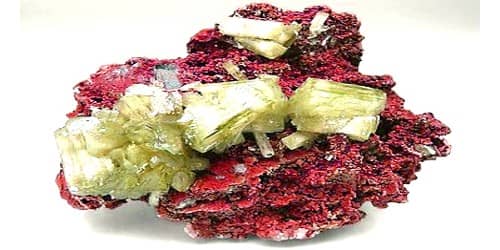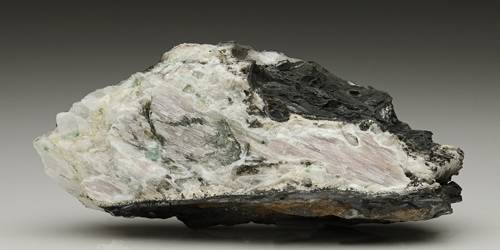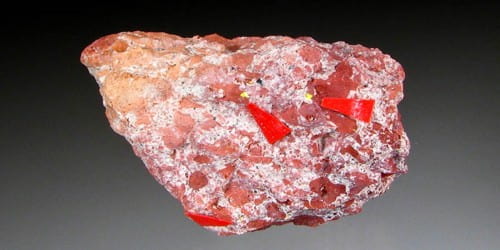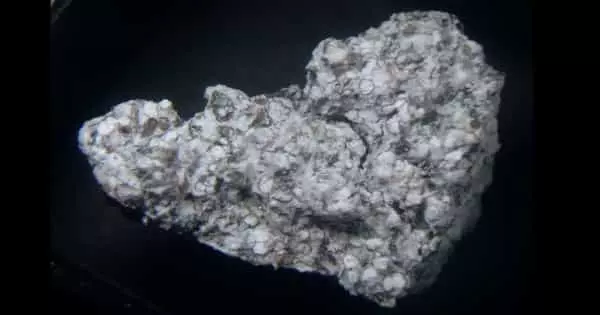Ludlamite is a rare phosphate mineral with formula: (Fe, Mn, Mg)3(PO4)2·4H2O. It is a classic phosphate mineral. It is a mineral occurring in small, green, transparent, monoclinic crystals. It is a hydrous phosphate of iron.
It was first described in 1877 for an occurrence in Wheal Jane mine in Cornwall, England and named for English mineralogist Henry Ludlam (1824–1880). It is named for Henry Ludlam, a British collector of fine rare minerals.
General information
- Category: Phosphate mineral
- Formula: (Fe, Mn, Mg)3(PO4)24H2O
- Crystal system: Monoclinic
- Crystal class: Prismatic (2/m) (same H-M symbol)
- Color: Apple-green to bright green.
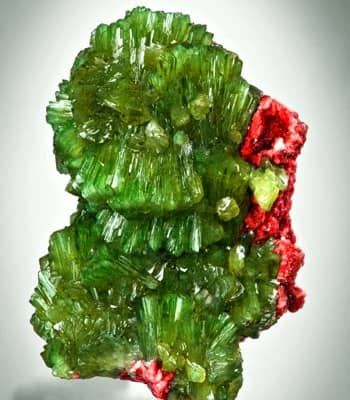
Properties
Ludlamite has a lovely green color but is too soft for wear. They are characterized by a bright green, usually apple-green color, a vitreous luster, and an interesting crystal habit. It has a glassy luster with a white streak and huge granular structure. Large crystals are known from only a few localities, and cut stones are extremely rare.
- Crystal habit: Tabular crystals; massive, granular
- Cleavage: Cleavage: perfect on {001}, indistinct on {100}
- Mohs scale hardness: 3.5
- Luster: Vitreous, pearly on cleavage
- Streak: Pale greenish white
- Diaphaneity: Translucent
- Specific gravity: 3.12–3.19
- Optical properties: Biaxial (+)
Occurrence – In complex granite pegmatites, a common hydrothermal alteration product of earlier phosphates, formed under reducing conditions.
It occurs in granite pegmatites and as a hydrothermal alteration product of earlier phosphate bearing minerals in a reducing environment. The mineral occurs with both perfect and indistinct cleavages in a semi-transparent form. It occurs associated with whitlockite, vivianite, triploidite, triplite, triphylite, siderite, phosphoferrite, fairfieldite, and apatite.
It was first discovered there (1876 – 1877) after the old mine had been reopened. The mine was closed for a long time until recently reopened in the past three decades and was again producing some ludlamite specimens.
It can be found in many localities, however fine crystals and large amounts can be found in England, Germany, Serbia, Mexico, Brazil, Canada, Bolivia, Japan and the United States including here in the Black Hills of South Dakota at the Dan Patch, Ferguson, and Big Chief mines among a few others.
Information Source:
